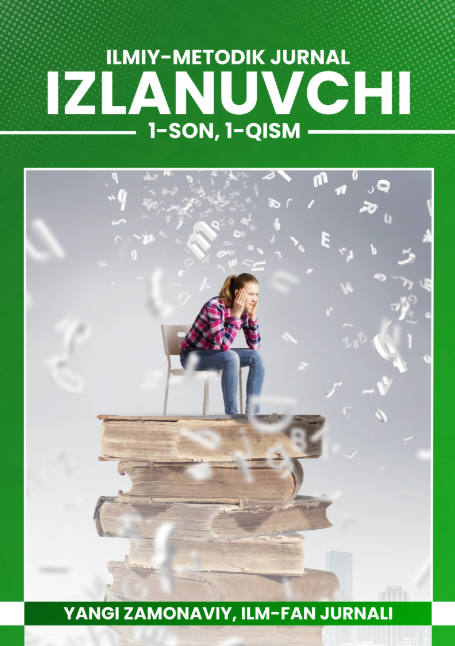Abstract
This study examines the impact of native language transfer (L1 transfer) on English pronunciation from phonological and pedagogical perspectives. Grounded in Lado’s (1957) Contrastive Analysis Hypothesis and Flege’s (1995) Speech Learning Model (SLM), it categorizes segmental and suprasegmental interference types. Using case examples from Uzbek and Russian L1 speakers, the study discusses common pronunciation errors and concludes with pedagogical recommendations to mitigate negative transfer effects.
References
1.Aronson, H. I. (1964). Problems of English interference in the teaching of Russian pronunciation: An approach to contrastive analysis. Slavic and East European Journal, 8(3), 308–319.
2. Flege, J. E., & Bohn, O.-S. (2021). The revised Speech Learning Model (SLM r). In R. Wayland (Ed.), Second Language Speech Learning: Theoretical and Empirical Progress (pp. 3–83).
3. Cambridge University Press. Makhmudov, K., Kushnazarova, Y., & Abdumalikova, S. (2021). Interference in English and Uzbek languages and its elimination. Academic Research in Educational Sciences, 2(3),140-30
4. Ahmad, R., & Ali, S. (2023). Phonological Errors and L1 Interference: A Case Study of Jordanian Learners of English as a Foreign Language. International Journal of Applied Linguistics, 7(2), 88–102.
